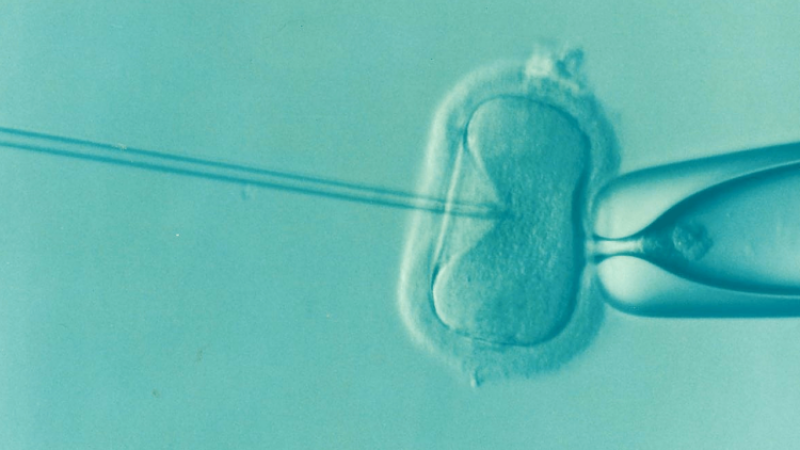It’s been a little over four years since a five-minute video brought the scientific community to a standstill. In the clip, Chinese scientist Dr He Jiankui claimed he’d created the world’s first genome-edited babies – twin girls called Luna and Nala.
In fact, ever since scientists first announced they had found a way to edit genomes in 2012, using a tool known as CRISPR-Cas9, the technology has been both lauded and marred by controversy in almost equal measures. On one hand, gene editing holds incredible promise in eradicating disease in plants, animals and humans. There are more than 16,000 deletion variants – small numbers of DNA bases missing from a person’s genome – that have been causally linked to disease. In cystic fibrosis patients, as one example, some 70 per cent of cases are caused by the deletion of just three DNA bases. Editing these could improve the quality of life and lifespan of millions.
Yet fears about how such technology could be used (and abused) continue to fuel the debate around whether its benefits outweigh its dangers – fears that were somewhat confirmed when He posted his landmark video, and which have snowballed since.































